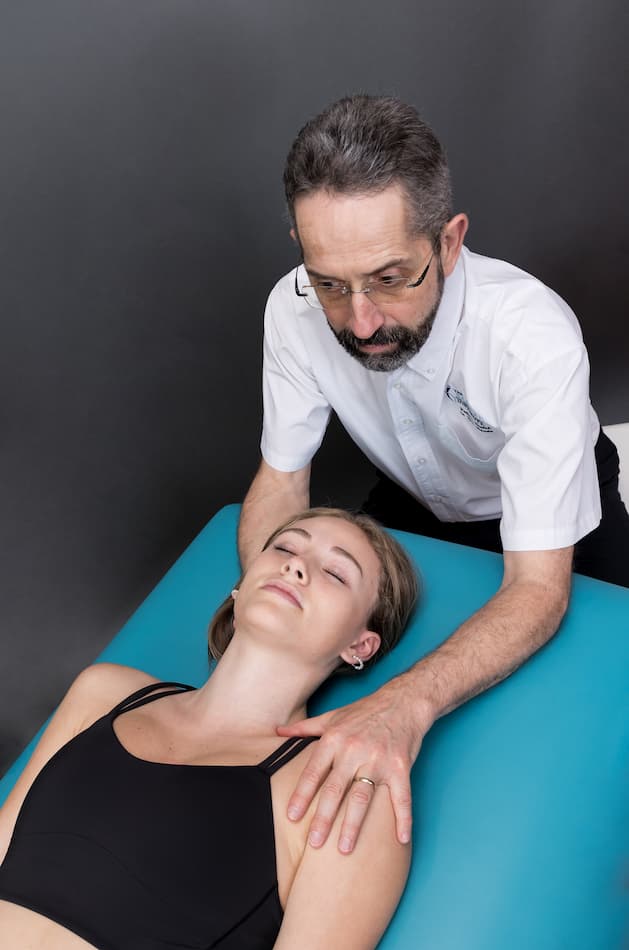
Neural Manipulation (NM) is a precise manual therapy developed through the clinical work of world-renowned French Osteopath and Physical Therapist Jean-Pierre Barral. French Osteopath Alain Croibier collaborated with Jean-Pierre Barral to develop NM. The BI courses are based on clinical techniques personally developed by Jean-Pierre Barral combined with Alain Croibier's scientific information.
Neural Manipulation facilitates free movement of the nerves in their surroundings; that is, in relation to adjacent muscles, fascia, narrow passages in the aponeurosis, organs and bones. A nerve only functions optimally when it is able to move freely in its surrounding tissues. The key in NM is to find the most significant area of reduced mobility. According to Barral, mobilizing a nerve focuses on facilitating neural glide both in terms of its surrounding extra neural tissue and intra neural connective tissue layers. This distinguishes Barral’s work from other neural stretching. We must consider the fascial rings and tunnels in which nerves exist and restore the slide of the nerves within these structures to enhance their function. Performing a mobilization on the nerve fixation will free the nerve and will help restore the proper signaling to the compromised structures it innervates and therefore improve the function of those structures, such as muscle, organ, or fascia.
Comparative studies found Neural Manipulation beneficial for people with various conditions such as:
Lower Back Pain & Sciatica
Headaches and Migraines
Carpal Tunnel Syndrome
Joint Pain
Digestive Disorders
Post-Surgical Dysfunction
Swallowing Dysfunctions
Thoracic Outlet Syndrome
Neck Pain and Whiplash
Birth Injuries
Neuralgia & Neuritis
Tendinitis
Sprains & Traumatic Lesions
Concussion & Traumatic Brain Injuries
And More
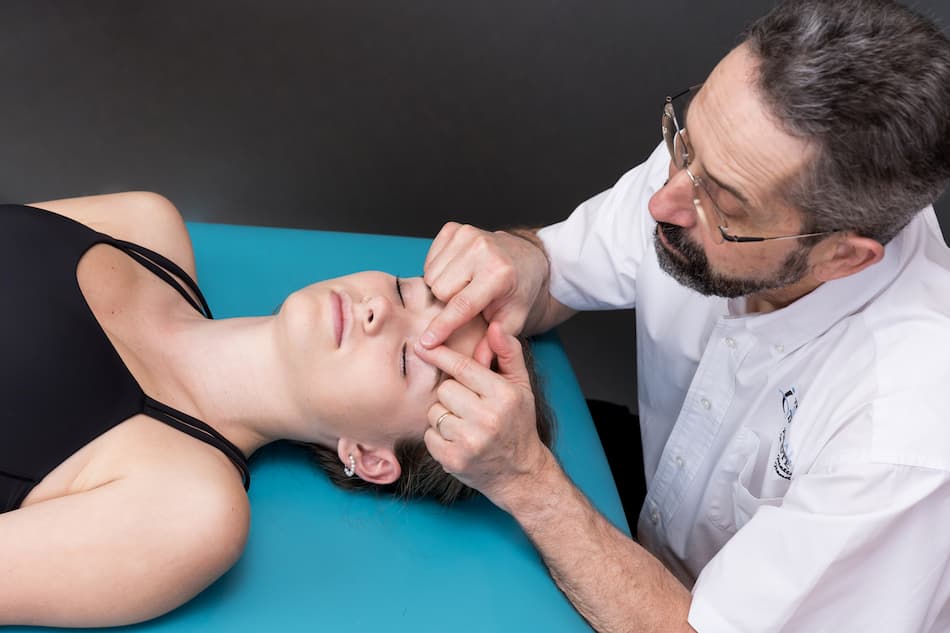
Neural Manipulation examines mechanical relationships between the cranium/spine hard frame to the dura and neural elements. It provides assessment and treatment approaches to address restrictions of the dural and neural components not commonly focused on with musculoskeletal symptoms. Neural Manipulation identifies and releases local nerve restrictions while at the same time examines the effect these local fixations have on the rest of the body, and by accessing this relationship, resolves the more comprehensive (global) dysfunctional patterns.
Neural Manipulation works to restore overall balance in a person's nervous system. As the peripheral nerves are an integral part of a reciprocal tension membrane system enclosing the entire nervous system, an imbalance in the tentorium, for example, may be the underlying tension causing sacroiliac joint problems or a trigeminal nerve restriction may, over time, lead to sciatica.
Neural Manipulation works to achieve extra neural mobility and intra neural mobility by restoring the slide and glide of the nerve and removing compression on the nerve imposed by the anatomical environment. Intra neural mobility may also be restored by releasing specific intra neural pressure congestion. When applying NM it is imperative to avoid increasing nociception. Pain receptors called nervi nervorum (nerve to the nerve) and the vaso nervorum (vessels to the nerve) are located in the intra neural connective tissue environment. Barral has said of neural palpation, "You think you are light. You are still not light."
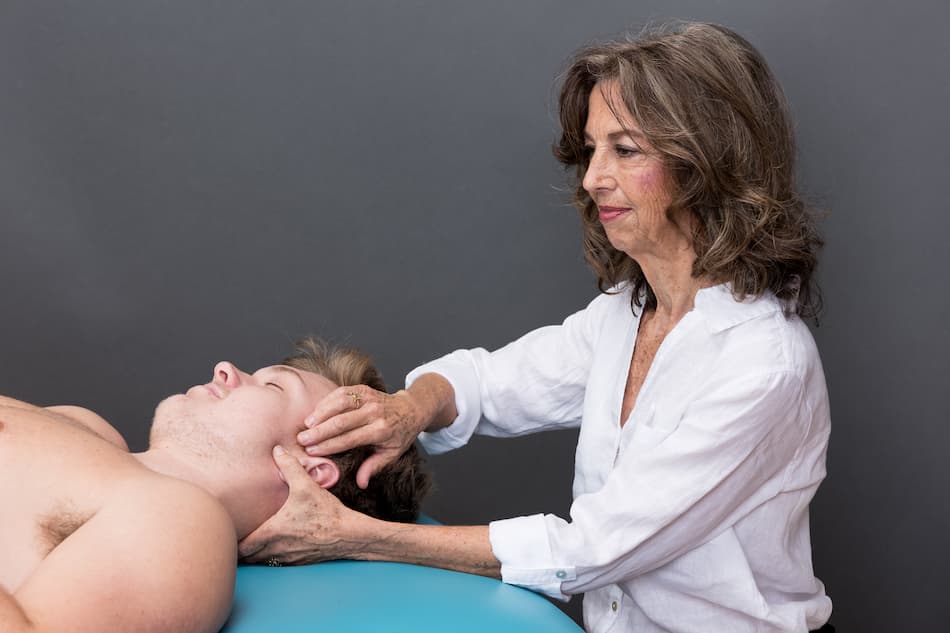
Frequently Asked Questions
Clients seek Neural Manipulation for help with a variety of disorders affecting different systems of the body, such as nervous system issues, including neuralgia, neuritis, paralysis and mechanically-caused neuropathy, tunnel or bottleneck syndrome, Morton’s syndrome, post-zoster pain, for conditions of the central and sensory nervous system, dura mater tension, sutural and diploic fixations, otitis, facial paralysis and hemiplegia.
Additional indications might include those of the osteoarticular system, such as limited mobility, inflammation of capsules, tendinitis, rheumatic pain, sprains and traumatic lesions, joint facets, muscle shortening, whiplash injury, migraines, vertigo, sinusitis, birth injuries, dental prostheses, and orthodontics, and following trauma or surgery.
Also, with joint injuries such as an ankle sprain, it is clear that the ankle is not the only part affected and other body areas must be explored. In addition to the crucial ligament, the small sensory nerve plexuses may be ruptured or overstretched. They play a key role within proprioception. Treatment of peripheral leg nerves can, therefore, promote the healing process of the ankle and rapidly improve proprioception.
The composition of a peripheral nerve is of great relevance to the manual therapist. The connective tissue layers are the endoneurium, perineurium, epineurium, and mesoneurium (blood supply). When looking at a transverse section of a nerve, you will see the continuation of the pia mater in the endoneurium, the arachnoid layer in the perineurium, and the dura mater in the epineurium. This is one reason why precise manipulation of the central or peripheral nervous system will have far reaching results.
Generally, we think of trauma as a severe injury that causes damage. This definition encompasses different gradients of external forces acting on the body. For example, not every joint trauma leads to a fracture or dislocation, which is verifiable by x-ray. From a medical standpoint, patients are often considered to be perfectly healthy, even though they are not at all the same as they were before sustaining a trauma. The same is generally true for the neural manipulation and the nerves. Traumatic nerve lesions typically do not result in a recognizable, well defined, clinical picture. Instead a broad spectrum of disturbances can be found. Because of their inconsistency and lack of evidence (with conventional examination methods and imaging procedures) symptoms are often overlooked.
Often functional nerve lesions develop after neurotropic diseases (like herpes zoster) or as a result of posture imbalances. More frequently they derive from mechanical forces and energies: friction, pressure (compression) or traction forces (stretch), all of which affect the nerves. To bring about lesions, a trauma does not have to be severe. Often, it is a matter of repetitive micro-traumas. For example, a non-physiological movement, a harmless sprain, faulty posture or muscle contractions. Pathological processes can take place intra- and extra-neurally.
Intra-neurally the trauma affects distinct nerve structures:
- demyelination, neurinoma, hypoxia of certain fibers (in the conducting nerve tissues),
- epineural scarring, perifascicular edema, fibrosis, irritation of the arachnoid space or the dura mater (in the neural connective tissue).
These categories of pathology are rarely found in isolation. Clinically we typically find several together. Extra-neural disturbances are caused chiefly by a narrowing of the spinal canal. Trauma can also impact the "nerve bud" or a functional intersection of the nerve tissue. For example, a nerve or epidural hematoma, an epineural tissue fixation, a dura adhesion in the spinal canal, as well as pressure caused by bone or muscle swelling can result.
Intra- and extra-neural function disturbances often occur in tandem. In our opinion, they are closely connected with a neural fixation dysfunction and/or are even the cause of it. Our aim is to treat w=people this kind of fixation with manual techniques or at least to minimize their negative results.
Optimal nerve mobility means that the nerve is able to move freely with its surroundings. There are many reasons why a nerve can lose its mobility. Several common reasons include physical trauma, poor posture, infections, inflammatory diets, scar tissue from a surgery or accident, sedentary lifestyle, and pregnancy. If a nerve becomes “fixed,” there is loss of mobility, and typically associated sensitivity and pain. Neural Manipulation helps to release restrictions causing the lose of nerve mobility.
With interferences in certain body zones, the respective spinal cord and/or brain structures may also be irritated. A peripheral nerve treatment can influence these so-called facilitated areas and therefore promote a common or systemic effect. Manual treatments are basically effective due to the mechanical effects that cause neural stimuli, which can be transmitted at a local or central level. Manual Neural Manipulation changes intra- and extra-neural pressure, improves sympathetic function to blood vessels due to the auto-innervation of the sympathetic gangli and sympathetic innervation of peri-neural connective tissues both of which are affected with treatment of fixations in the nerve sheaths.
Visceral Manipulation techniques can affect the movement apparatus and vice versa. It is important to note that the release of sensitive nerve buds can have a favorable effect on the functioning of the corresponding visceral organs. Without neural control certain visceral activity cannot be maintained. The stimulation of nerves is processed centrally and reported back to the body as feedback. This sequence of responses functions providing no interference (fixation) is present.
Whenever nerves are unduly compressed, pain immediately results. This shows how swiftly and effectively nerves are able to react. The treatment of nerves must, therefore, be precise and efficient. The applied pressure should be just enough to stimulate without producing pain. The first two or three sessions are the most effective. If the manual therapy treatment takes too long, an overstrain occurs. This overstimulation hinders the nerves and, worst of all, it induces the nociceptors to react.
Neural Manipulation is extremely precise and gentle, and unlike many massage techniques, uses no lubrication and does not involve gliding on the skin. Treatment to nerves is through precisely applied pressure and tension on the perineurium and other neural connective tissues. This tension is transmitted down to the root sheaths, so the distal contact has a central effect, in both a mechanic and reflexogenic manner.
The efficacy of the treatment depends on the accuracy of the assessment and the specificity of the application of gentle manual forces in three dimensions to promote the health of the nerve tissue and relief of restriction in the body. There can be an immediate response to treatment or a response that becomes apparent over several weeks as the body unravels a long-standing restriction.
Barral Manual Therapies look at the whole person. During the evaluation process, after restrictions or areas of immobility are identified, the related tissues released through precise treatment. The type of treatment depends upon where the restrictions are found. For example, if the liver is restricted, the treatment would include Visceral Manipulation. If the sciatic nerve is restricted, then Neural Manipulation would be a focus. And if the carotid artery is restricted, the treatment would involve Visceral Vascular Manipulation. This is why Jean-Pierre Barral has developed integrative manual therapies that work together to support the overall well-being of a person.
Learn the facts about Barral Institute Therapies. Discover our Manual Therapy Techniques and their benefits. This flyer is informative for your clients. Click here
This is not an exhaustive list of contraindications. We trust that each practitioner will study the work further to understand indications and contraindications in relation to working with clients with Neural Manipulation.
The major contraindications for Neural Manipulation are intracranial hypertension, severe arterial hypertension, the aftereffects of intracranial hemorrhage, severe diabetes, and intracranial aneurysm.
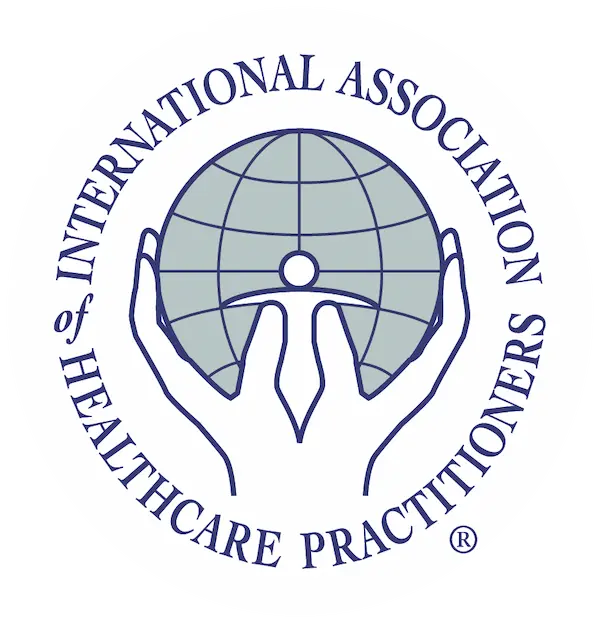
To find a Therapist, visit iahp.com
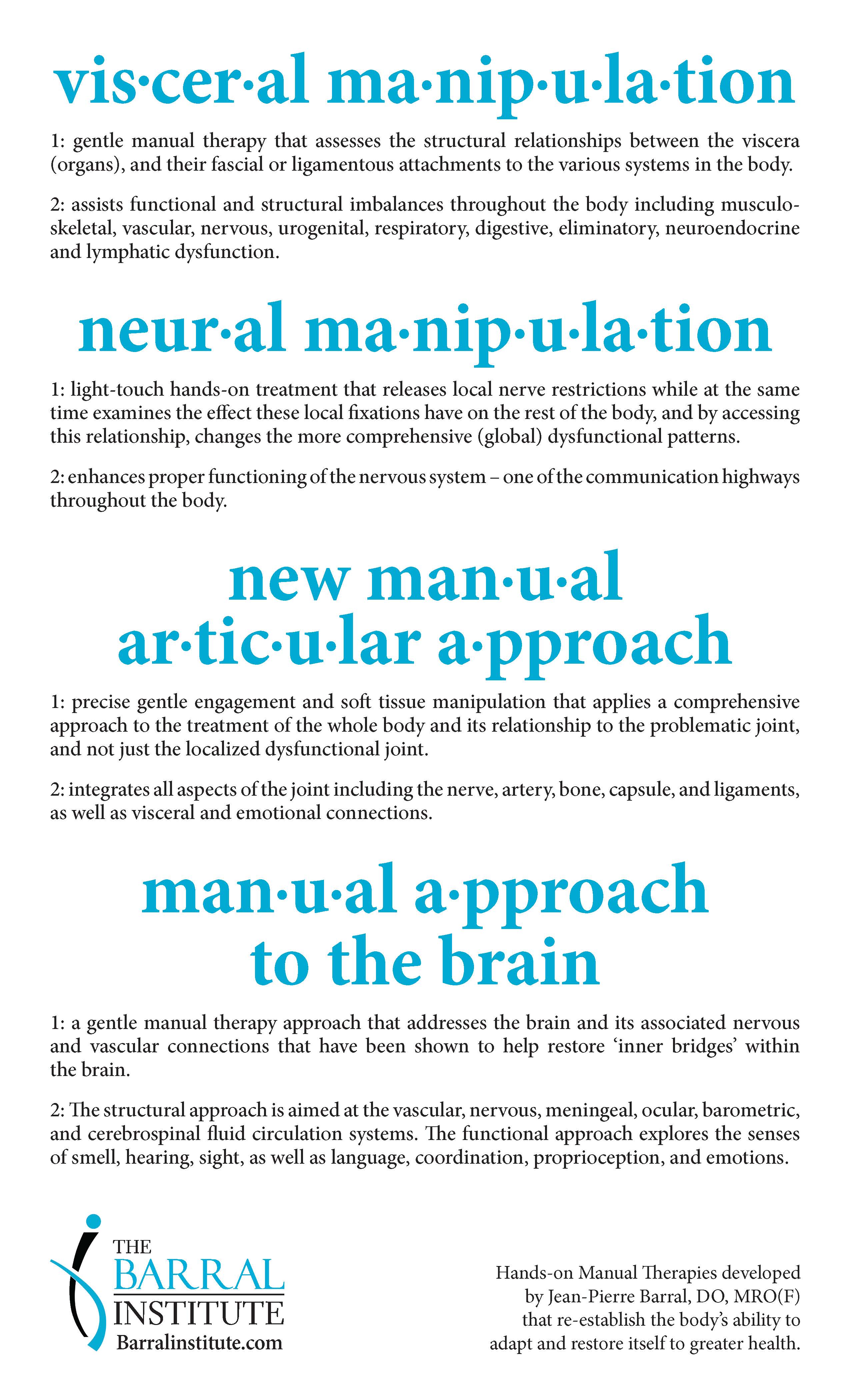
Definition Poster
Available for free downloading and printing!
- Excellent visual for your clinic,
- Share in your enewsletters for your clients.
- Flyer to pass out.
Share the jpg file on your Facebook page to help spread the word!
Become Certified
Ready to learn more about the process?
Get StartedContact Us
Have questions? Join newsletter?
Contact Us